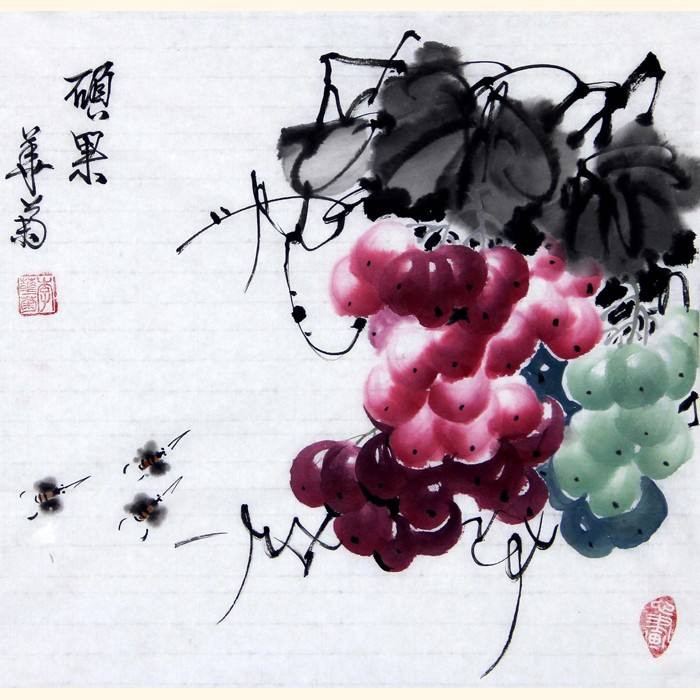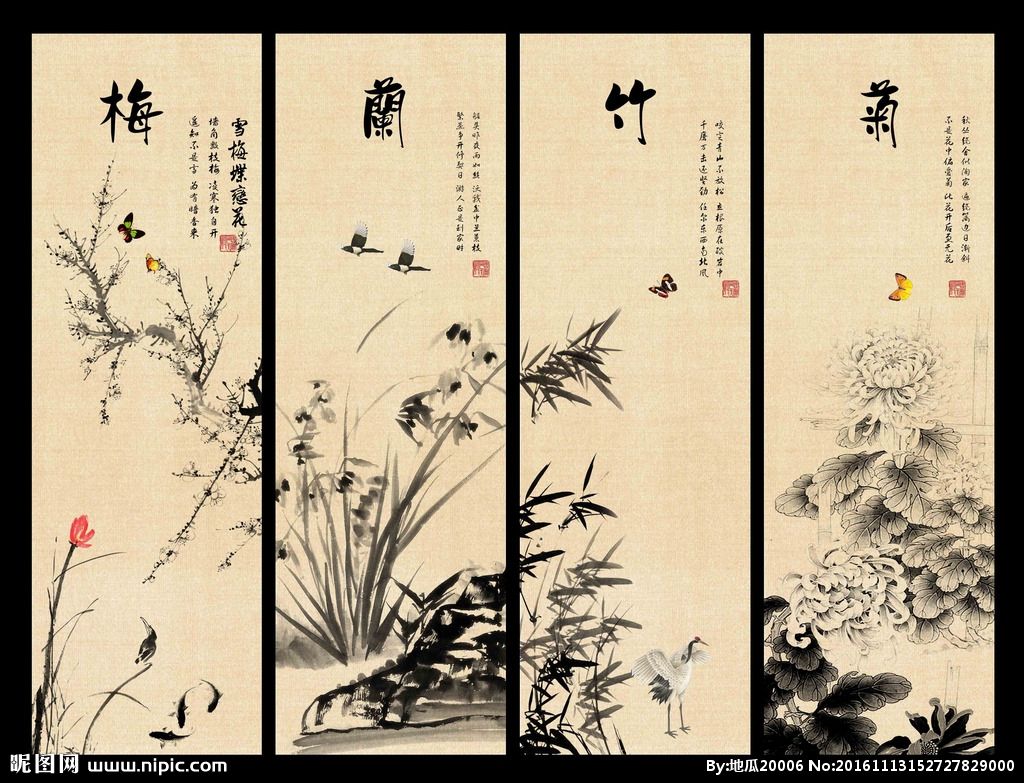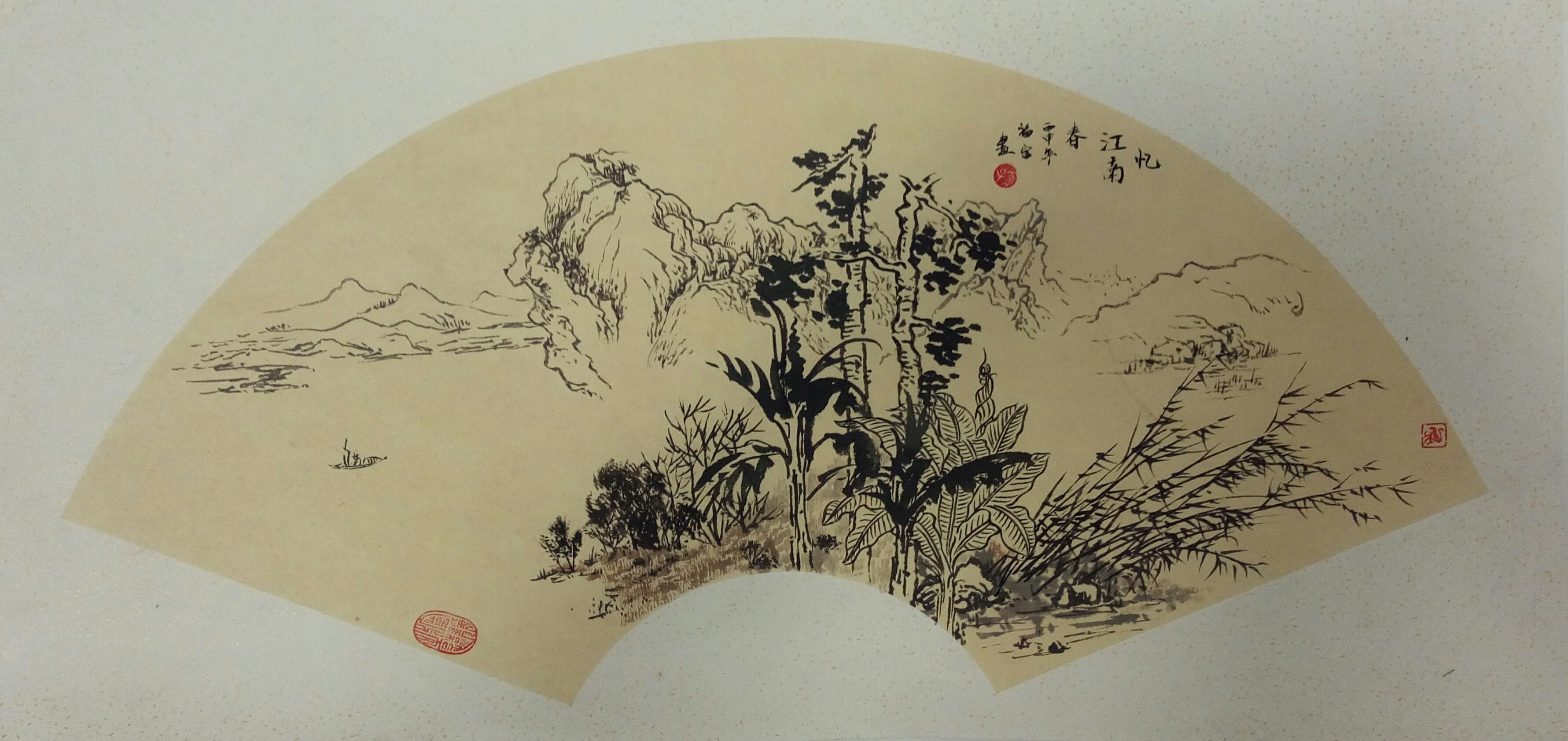Chinese painting uses brush pen, ink and pigment to paint on special rice paper. The main subjects are characters, landscapes, flowers and birds. The techniques can be divided into two types: workmanship and freehand brushwork.
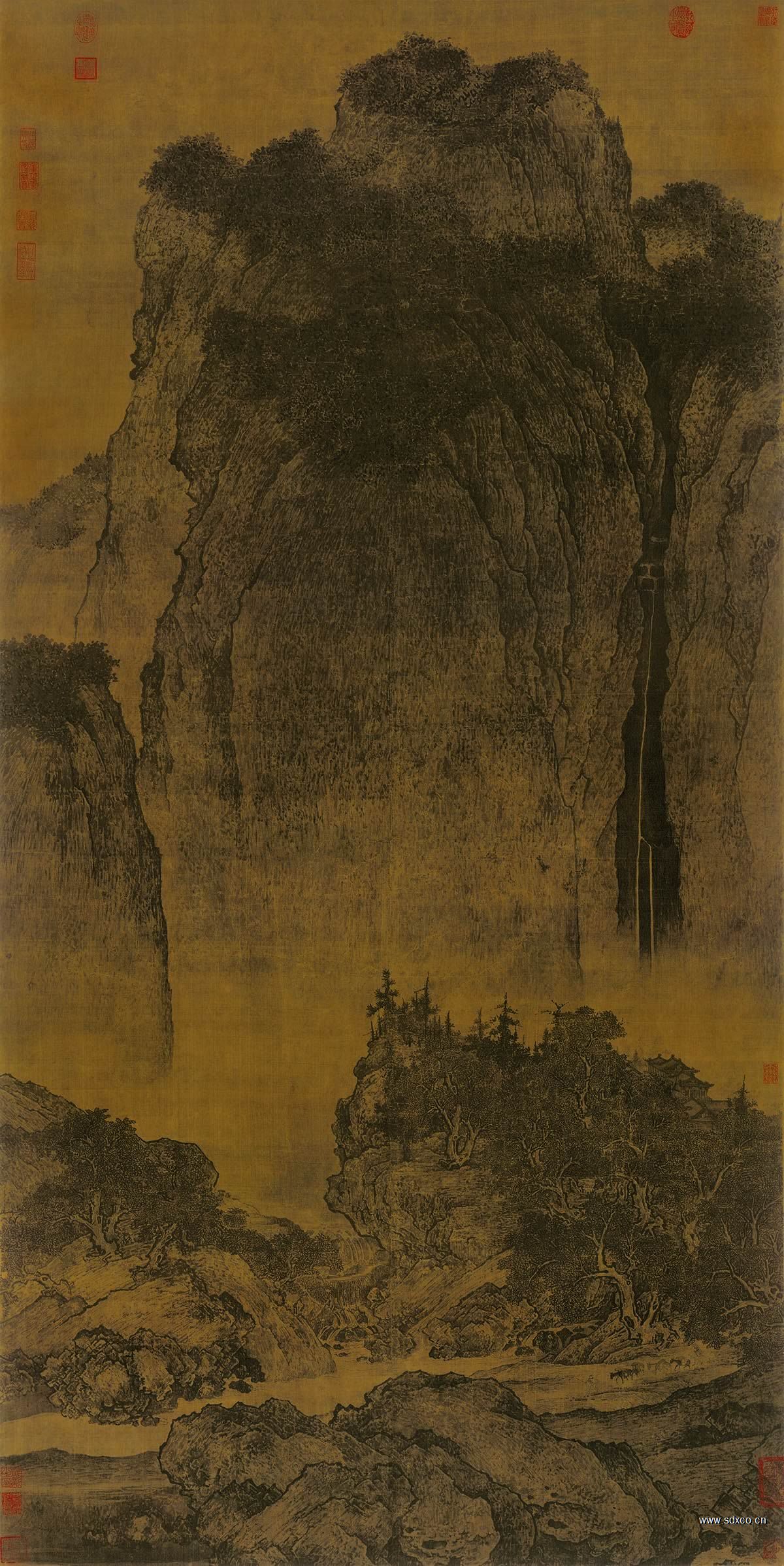
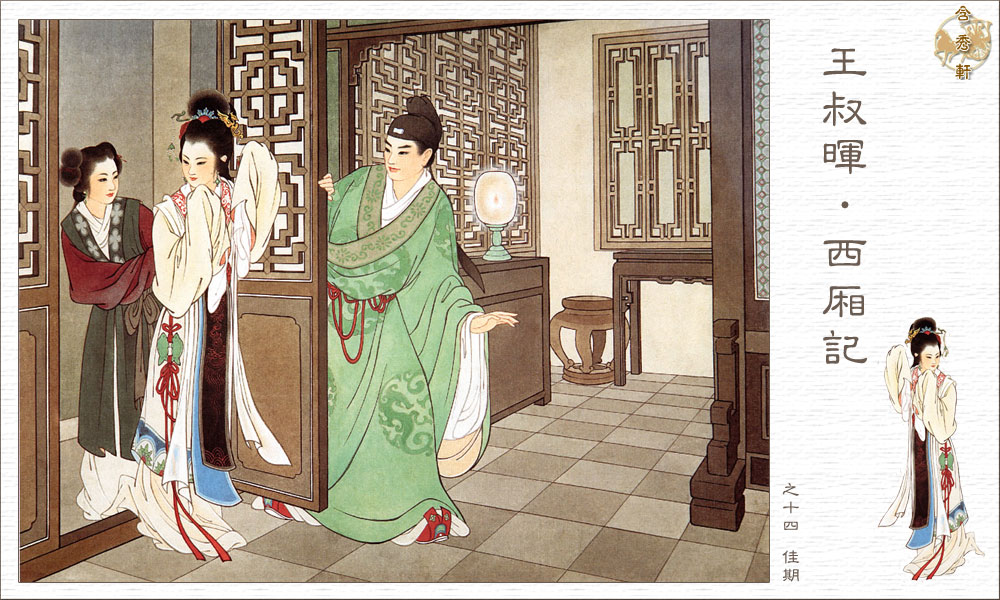
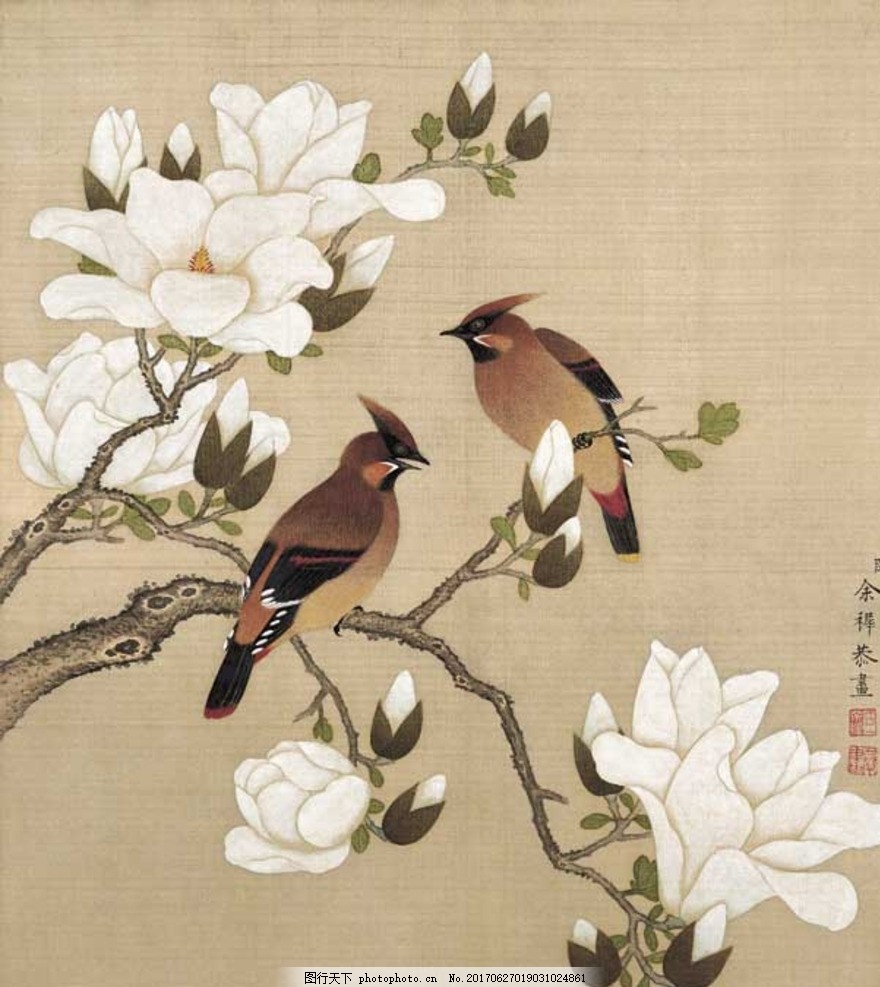
Bi(Brush pen),Mo(black colored ink), Zhi(paper) and Yan(ink-stone) are indispensable tools for Chinese calligraphy and painting. They are known as the “four treasures of the study”. Their significance is not limited to writing and painting. Chinese literati have given them profound cultural connotations and feelings.
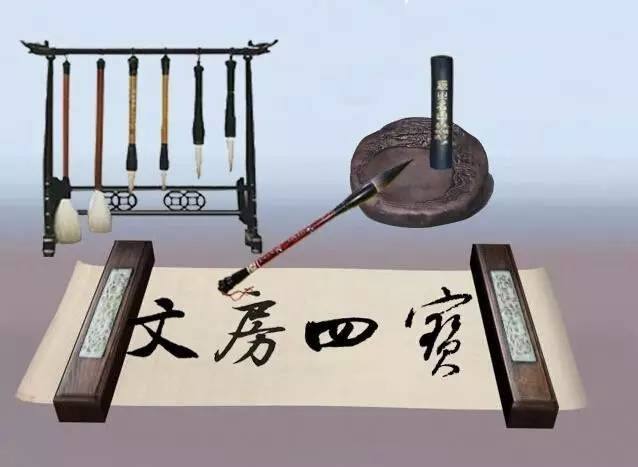
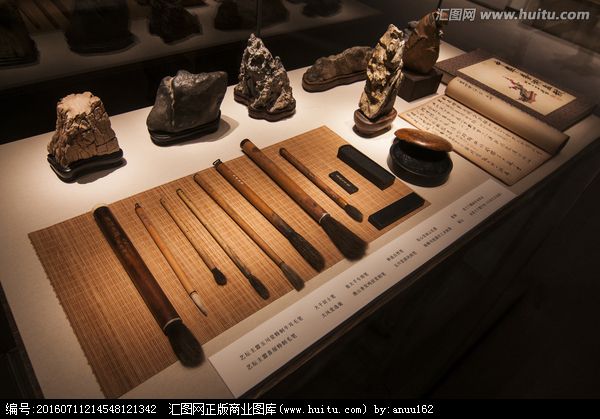
The brush pen is created by Chinese and affects the traditional writing habits of North Korea, Japan, and other Asian regions. The brush pen can be divided into stiff hair, soft hair and combination hair brush. It is represented by Lang Hao (the weasel tail hair), and the soft is represented by Yang Hao (goat hair). Combination hair brush is called Jian Hao which have a mixture of soft and stiff hairs.
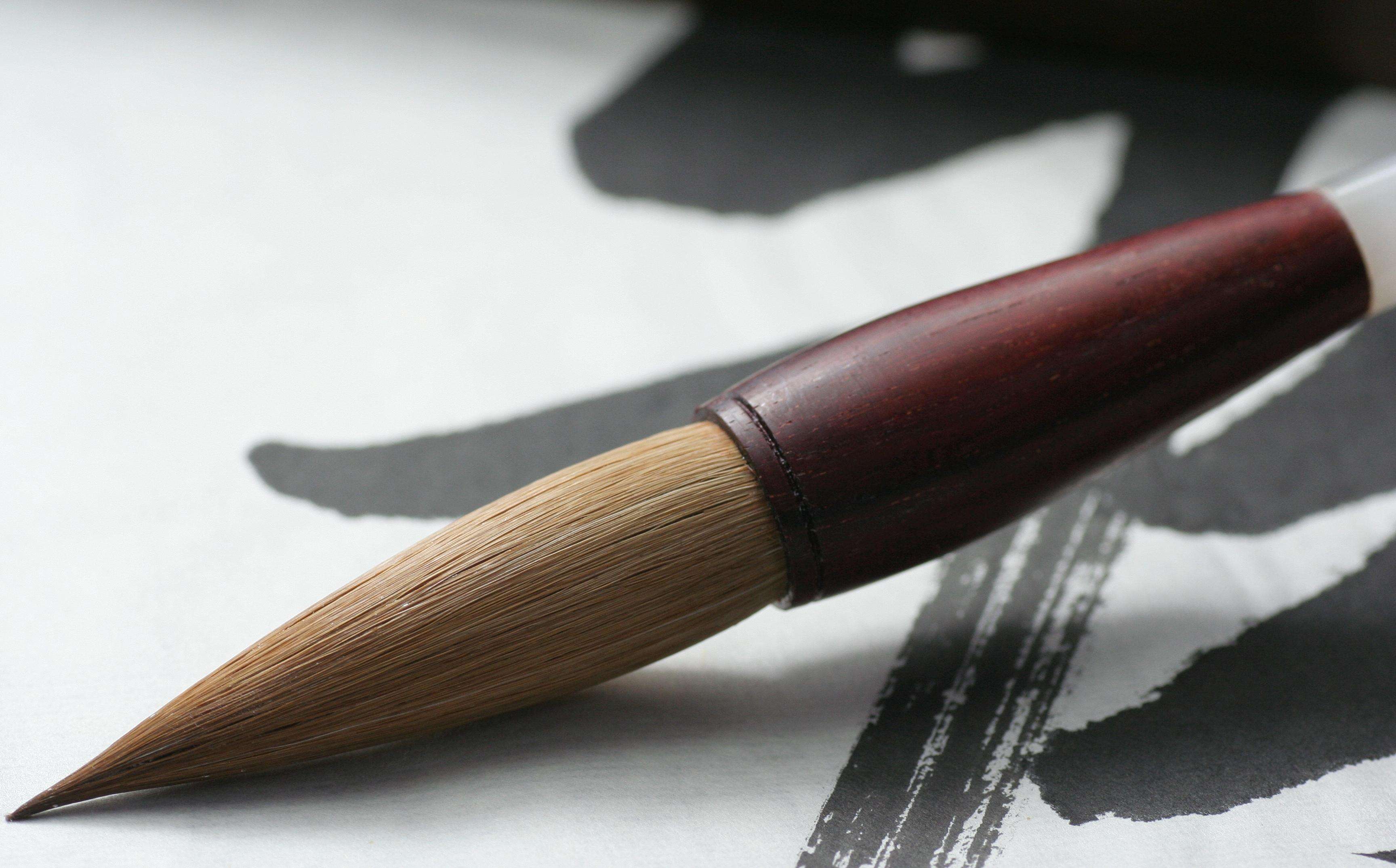
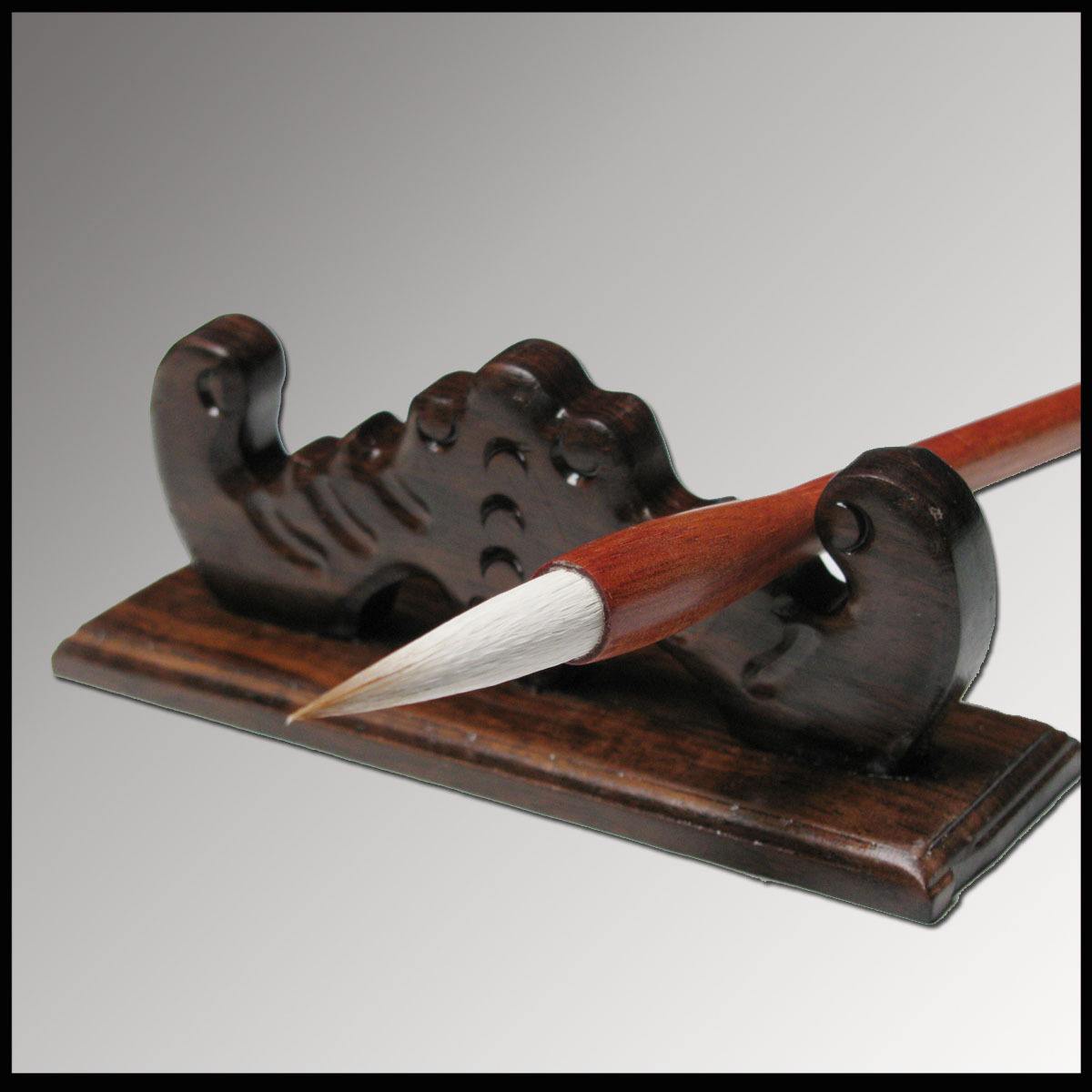
There are many kinds of Mo, which are usually made into ink ingots and used after grinding with water. Now in order to save time and effort, ink is often used instead of ink ingots. Common good inks include “Yi-De-Ge Mo Zhi”, “Zhong Hua Mo Zhi”, “Shu Hua Mo Zhi” and so on. There are two kinds of pigments, one is plant-based, the performance is transparent, fine, but it will fade over the years; the other is mineral, the performance is opaque, covering, and will not fade for many years.
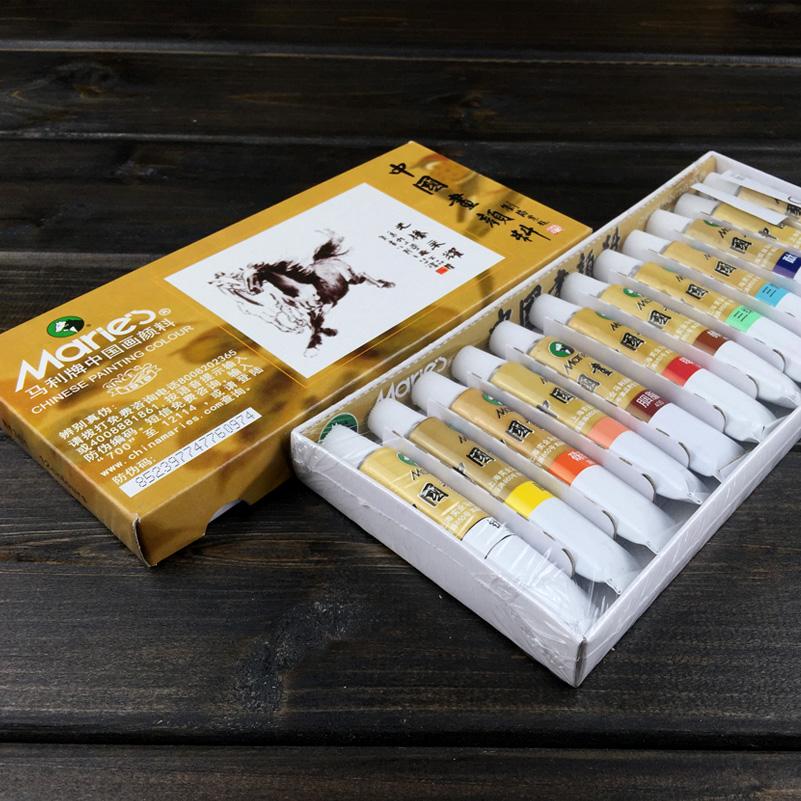
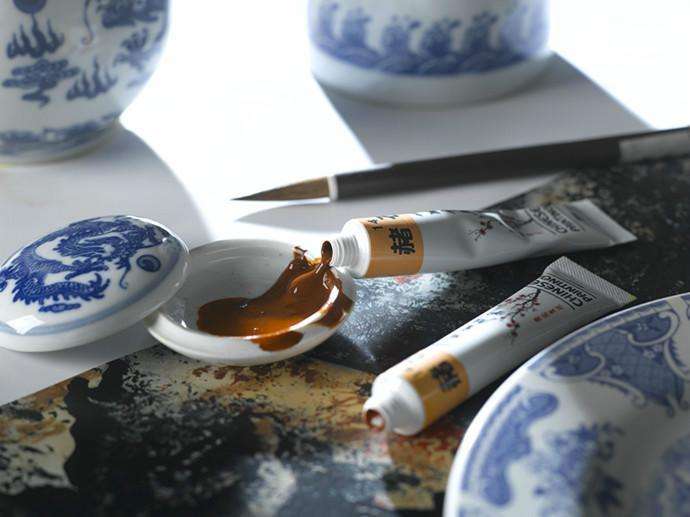
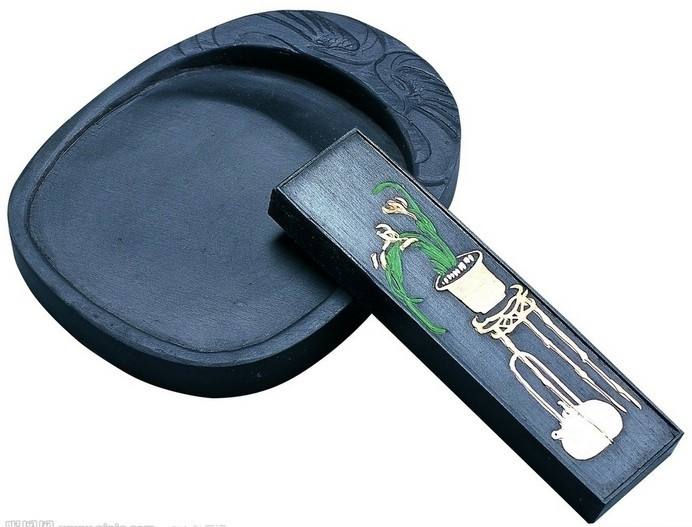

There are a wide variety of Chinese painting papers. Among them, rice paper can better play the characteristics of Chinese painting, and the price is cheap, so rice paper has become synonymous with Chinese paper. Xuan paper may be divided into three categories. Shu Xuan is suitable for painting strokes; Sheng Xuan is suitable for painting and freehand painting; Ban Shu Xuan is faster than Shu Xuan paper but not as quickly and freely as Sheng Xuan paper which is suitable for calligraphy writing that appears on small scrolls, pamphlets and painting of Xiao Xie Yi Hua(a moderately free-expressional painting).
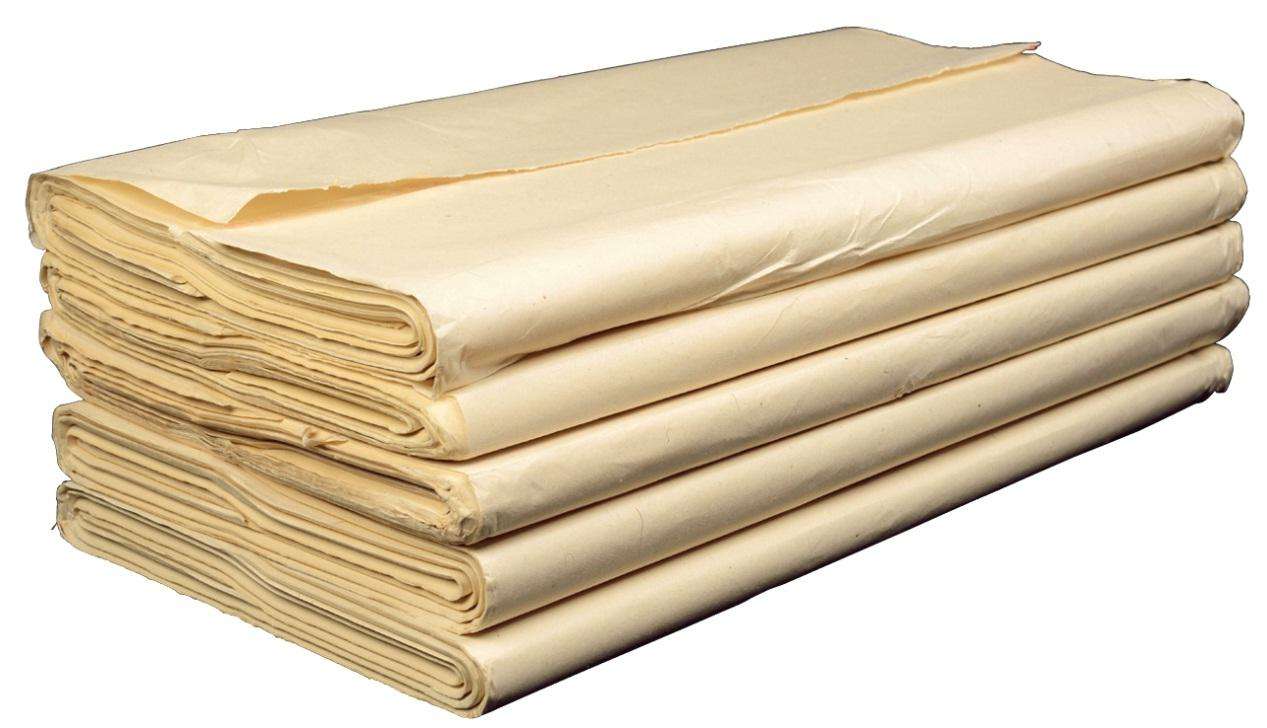
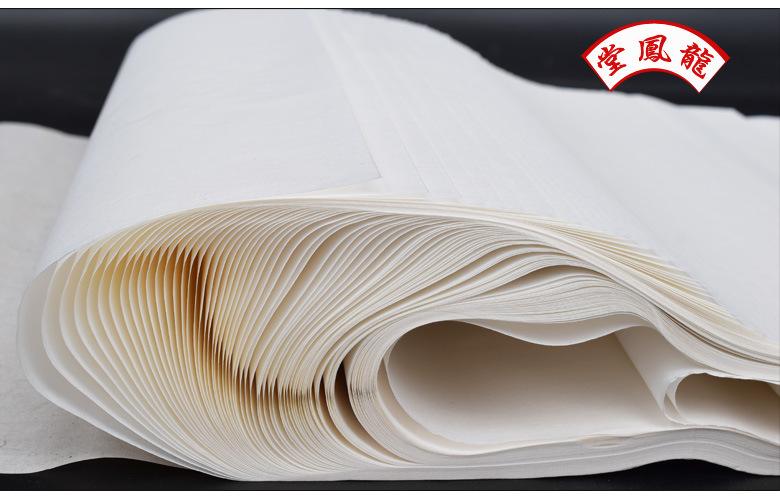
Yan(ink-stone) is used for grinding ink, She Yan in Jiangxi Province, Duan Yan in Guangdong Province, Tao Yan in Gansu Province and Cheng Ni Yan in Shanxi Province are most famous.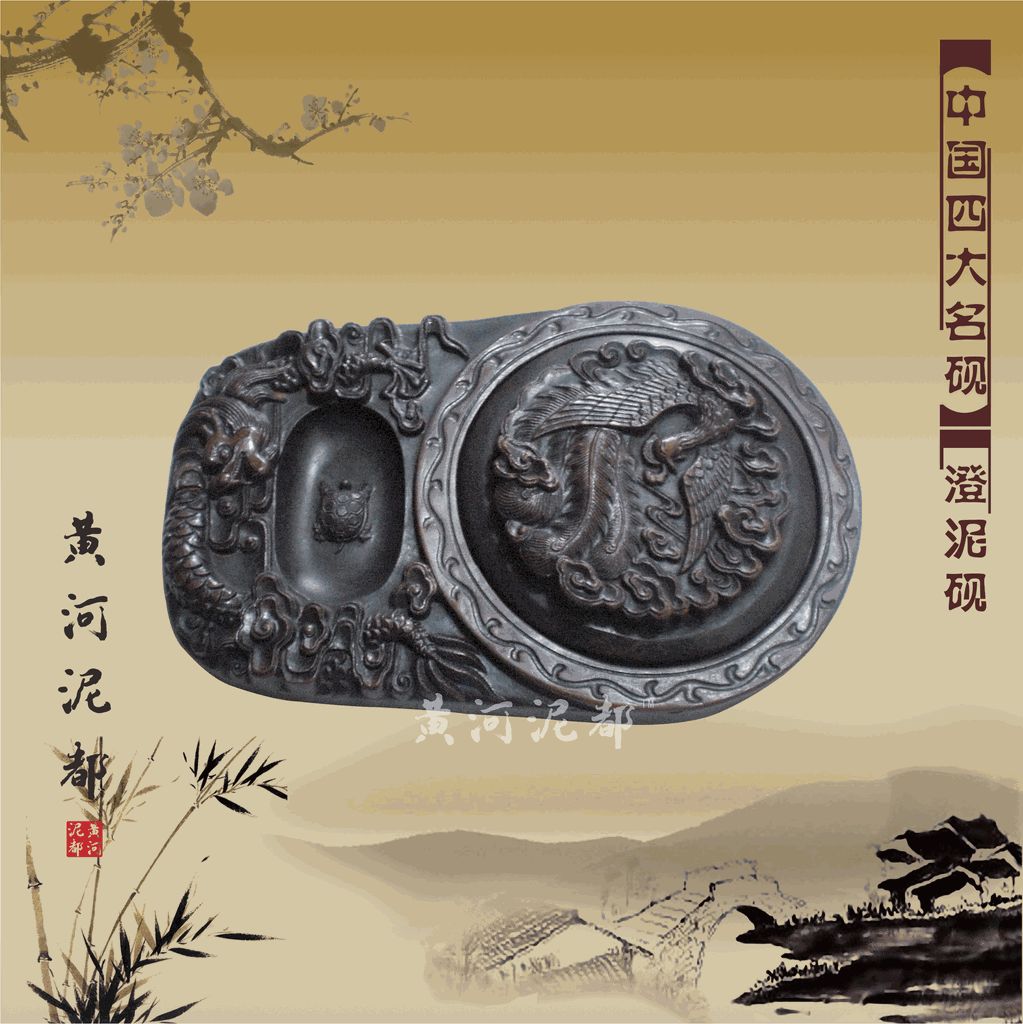
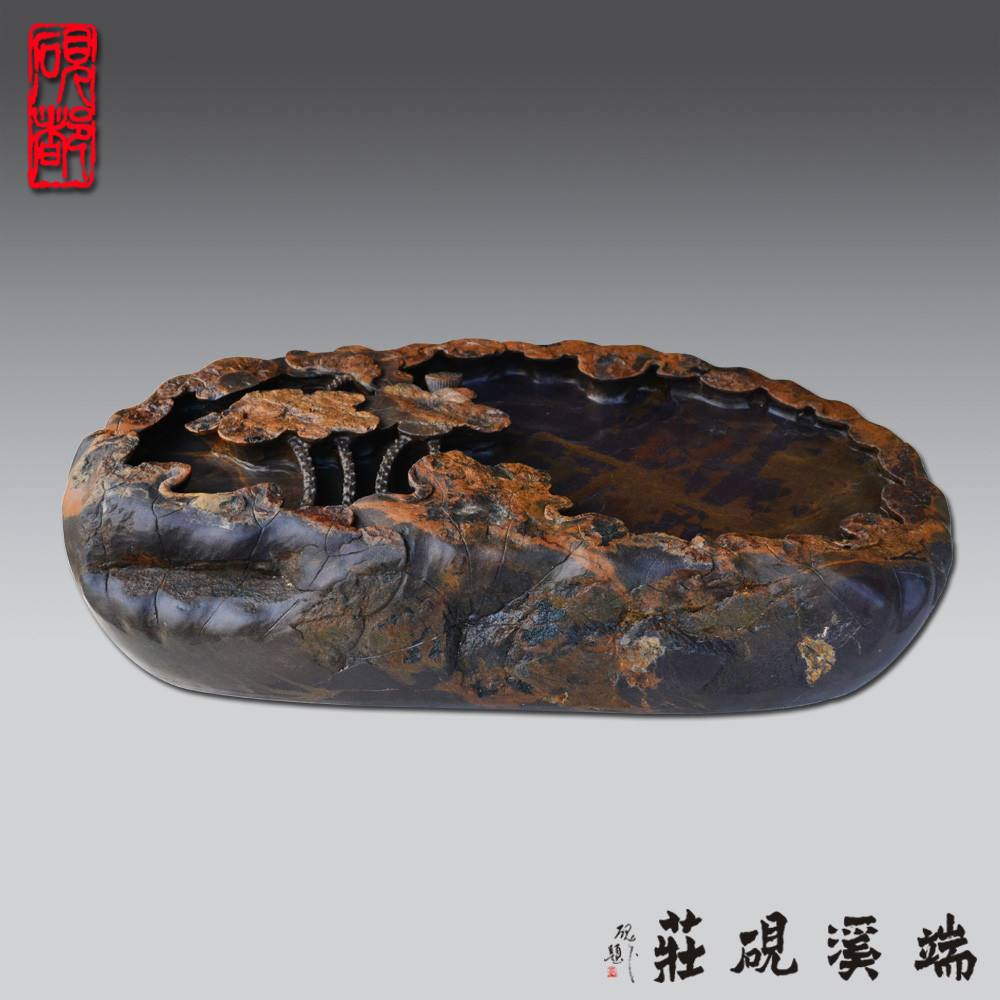
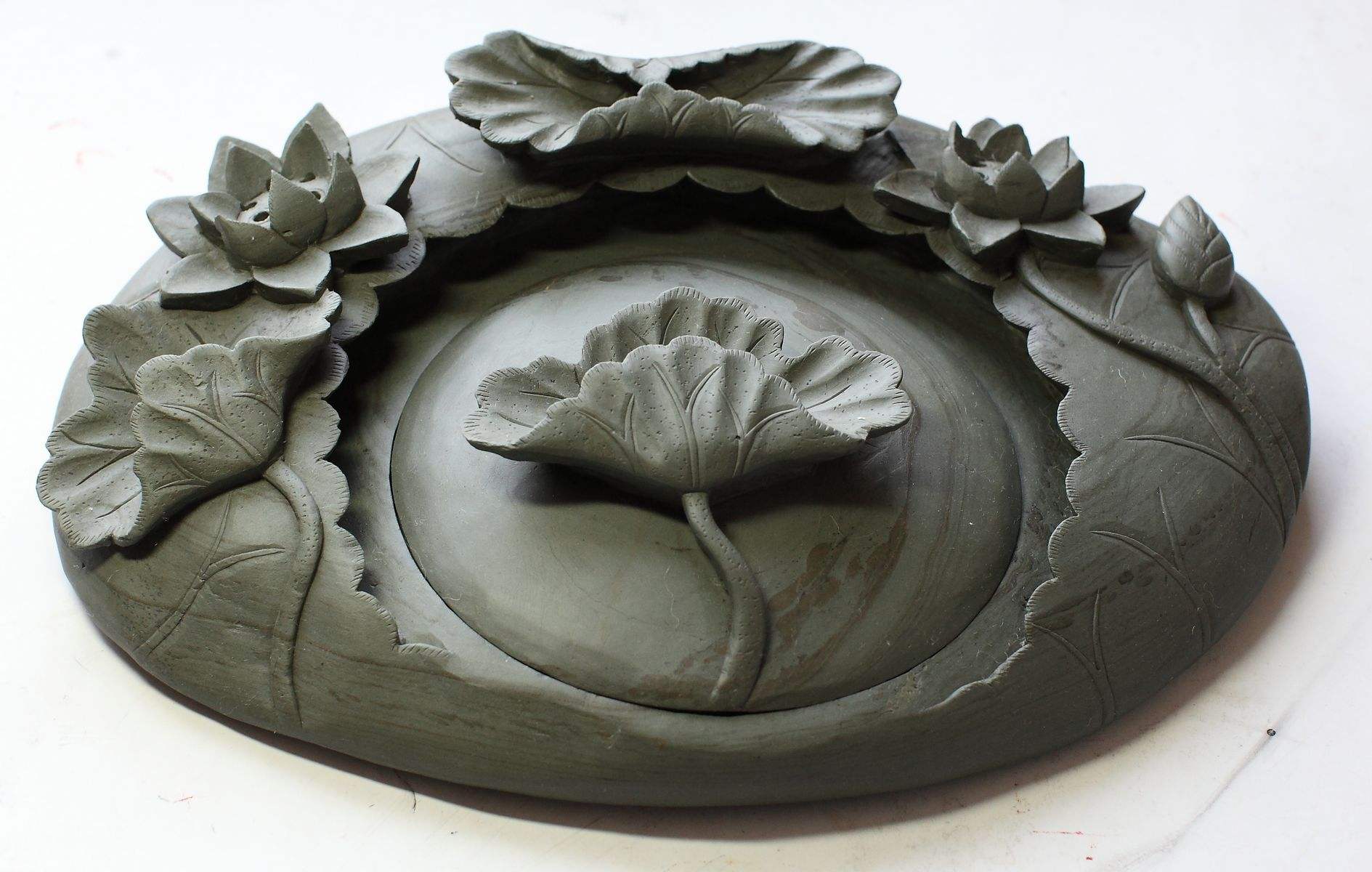
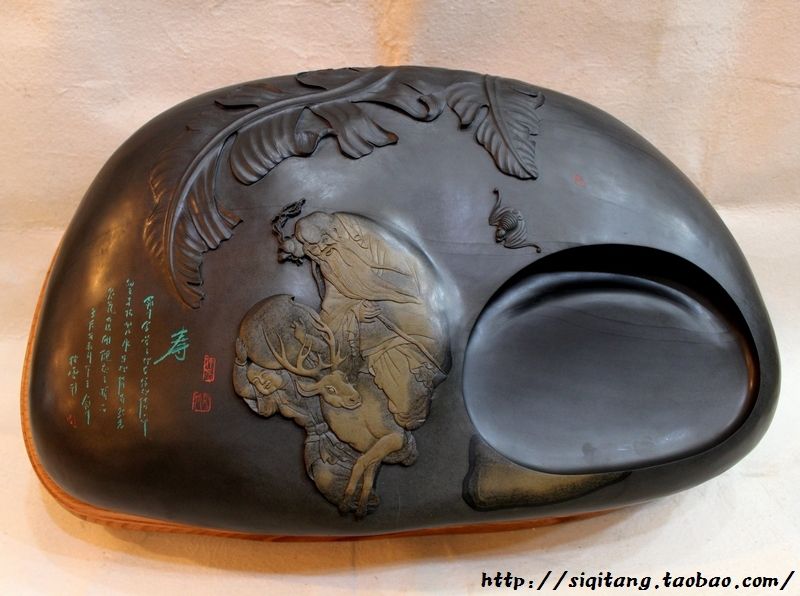
In addition to the four treasures of the Wenfang, there are many related painting tools such as seals, inkpads, pen washes, pen holders and paperweights.

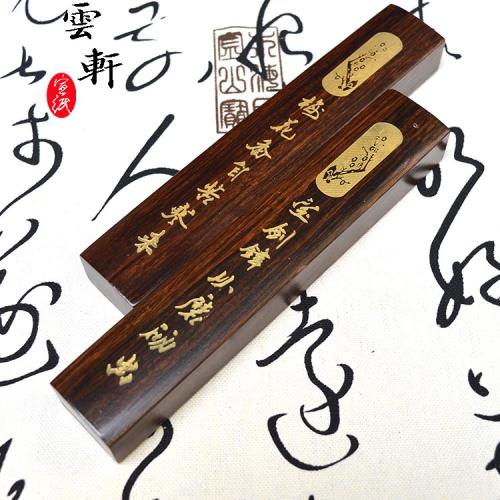
Chinese paintings are diverse in form and exquisite in painting. They are one of the most representative art forms in China.